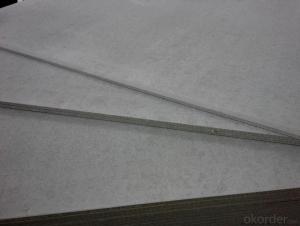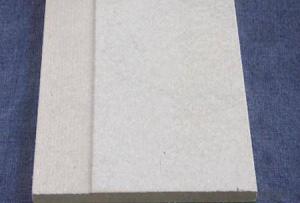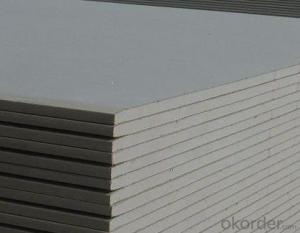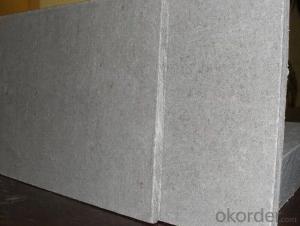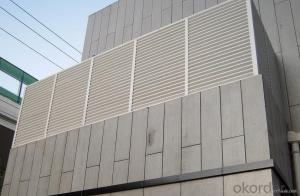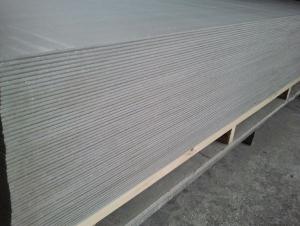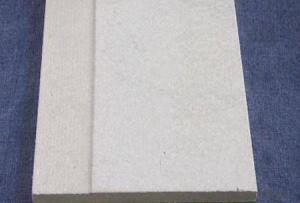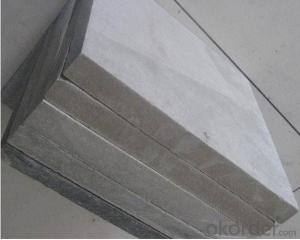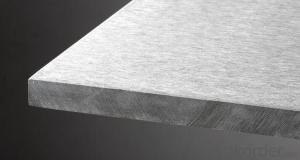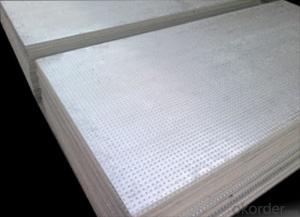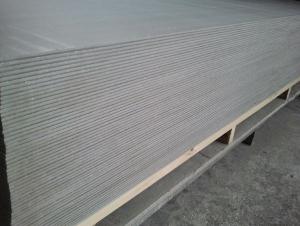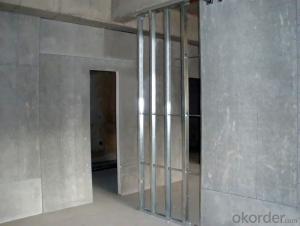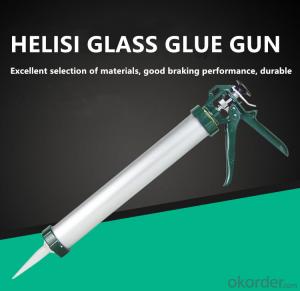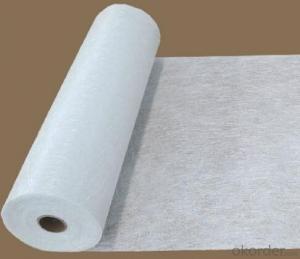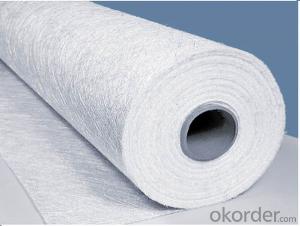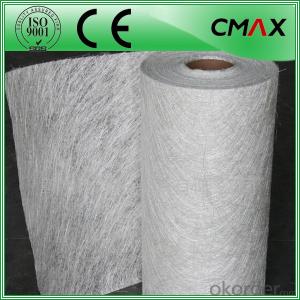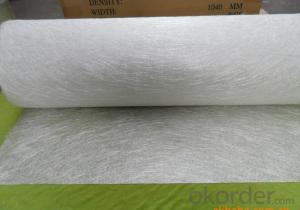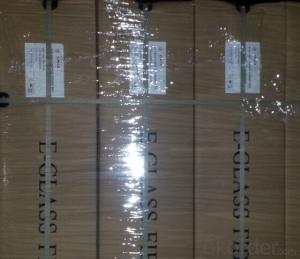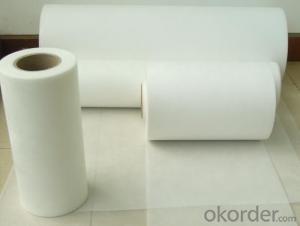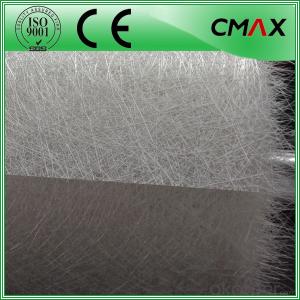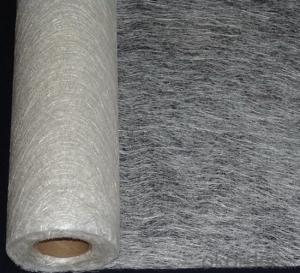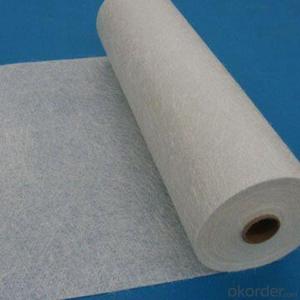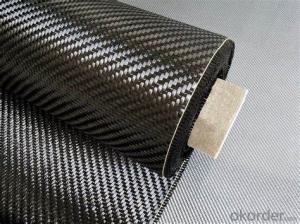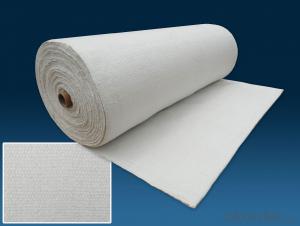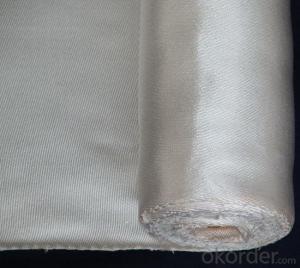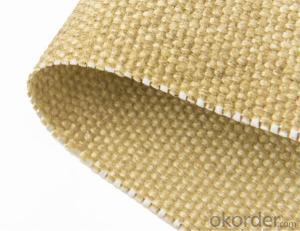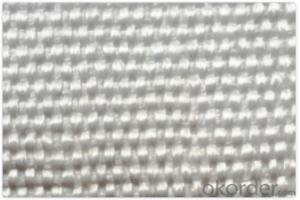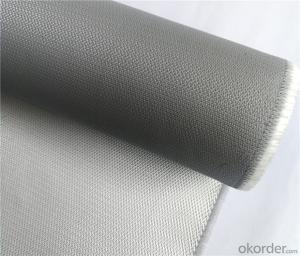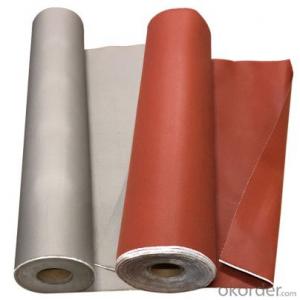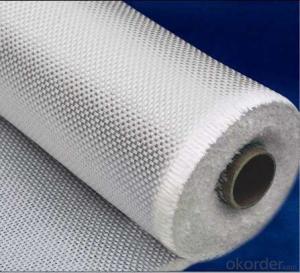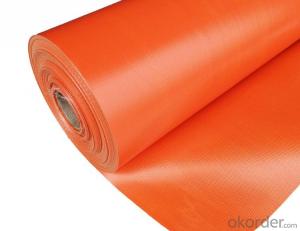Fiber Glass Mat
Fiber Glass Mat Related Searches
Fiber Sheet For Roof Decorative Lights For Ceiling Wall Panels For Basement Marketplace For Construction Materials Retaining Wall With Geogrid Galvanized Steel Wall Panels Stainless Steel Peg Board Stainless Steel Wall Art Stainless Steel Wall Shelves Stainless Steel WallHot Searches
Used Foam Board Insulation For Sale Used Sandwich Panel For Sale Bags Of Cement For Sale Tilt Panel Props For Sale Types Of Temporary Side Panels For Cement Deck Magnesium Oxide Board For Sale Hdf Board For Sale sintra board for sale Fiber Sheet Price In India Gypsum Board Price Per Sheet In India Fiber Roofing Sheets Price In Pakistan Plastic Fiber Sheet Price Solar Inverter Panel Price Sandwich Panel Manufacturers In Bangladesh 5 8 Type X Gypsum Board Price Twin Wall Polycarbonate Sheet Price Hardiflex Fiber Cement Board Price Gypsum Board Partition Wall Price India Extruded Polystyrene Insulation Board Price Polyurethane Insulation Board PriceFiber Glass Mat Supplier & Manufacturer from China
Okorder.com is a professional Fiber Glass Mat supplier & manufacturer, offers integrated one-stop services including real-time quoting and online cargo tracking. We are funded by CNBM Group, a Fortune 500 enterprise and the largest Fiber Glass Mat firm in China.Hot Products
FAQ
- What is the material of the computer mainboard PCB?
- The six panel adds the auxiliary power layer and the signal layer. The six layer PCB board has stronger electromagnetic interference resistance, and the mainboard is more stable.
- Yes, fiberglass fabric is suitable for use in automotive upholstery. Fiberglass fabric is known for its durability, strength, and resistance to heat and chemicals, making it a popular choice for various industries including automotive. It is lightweight, easy to handle, and can be molded into different shapes, making it ideal for creating automotive upholstery that needs to conform to the contours of the vehicle's interior. Additionally, fiberglass fabric is resistant to fading, staining, and wear, which is important for upholstery that is constantly exposed to sunlight, spills, and frequent use. It also has excellent insulation properties, providing added comfort and noise reduction in the vehicle. Overall, fiberglass fabric is a reliable and versatile material for automotive upholstery, offering a combination of strength, durability, and aesthetic appeal.
- Yes, fiberglass fabric can be used for insulation in nuclear power plants. Fiberglass is a commonly used material for insulation in various industries, including nuclear power plants. It offers several advantages such as excellent thermal resistance, fire resistance, and low thermal conductivity. These properties make it suitable for insulating equipment and components in nuclear power plants where high temperatures and potential fire hazards are present. Additionally, fiberglass is also resistant to moisture, chemicals, and radiation, which are significant considerations in the nuclear industry. However, it is important to note that the specific application and required safety standards should be taken into account when selecting and installing insulation materials in nuclear power plants.
- The typical lead time for ordering fiberglass fabrics can vary depending on several factors. Generally, it can range from a few days to a few weeks. The first factor that affects lead time is the availability of the specific fiberglass fabric you are looking for. Some types of fiberglass fabrics may be readily available in stock, while others may need to be manufactured or imported, which can add extra time to the lead time. Another factor is the quantity of fiberglass fabric you are ordering. Larger orders may require additional time for production and processing, especially if the fabric needs to be customized or cut to specific dimensions. Additionally, the location of the supplier can impact lead time. If the supplier is located far away from your location, it may take longer for the fabrics to be shipped and delivered. It is also important to consider any potential delays that can occur during the shipping process, such as customs clearance or unexpected transportation issues. To get a more accurate estimate of the lead time for ordering fiberglass fabrics, it is recommended to contact the supplier directly. They will be able to provide specific information based on their inventory, production capabilities, and shipping options.
- Fiberglass fabric generally performs well in chemical exposure as it is highly resistant to most chemicals, including acids, alkalis, and solvents. It maintains its structural integrity and does not degrade or weaken when exposed to various chemical substances, making it suitable for a wide range of industrial applications where chemical resistance is required.
- There are various weights available in fiberglass fabric rolls, ranging from lightweight options like 4 oz. to heavier options like 24 oz. The specific weight of the fabric roll depends on the intended use and the level of strength and durability required for the project.
- Yes, fiberglass fabrics are highly resistant to moisture and humidity. This is because fiberglass itself is made from fine fibers of glass, which do not absorb water or allow moisture to pass through easily. The structure of fiberglass is non-porous and does not support the growth of mold or mildew, making it an ideal material for applications where exposure to moisture or humidity is common. Additionally, fiberglass fabrics can withstand high levels of moisture without losing their strength or integrity, making them a reliable choice for various industries including construction, marine, and automotive.
- Yes, fiberglass fabrics can be used for upholstery or furniture applications. They are known for their durability and resistance to wear and tear, making them suitable for high-traffic areas. Additionally, fiberglass fabrics offer a sleek and modern aesthetic, making them a popular choice for contemporary furniture designs.
